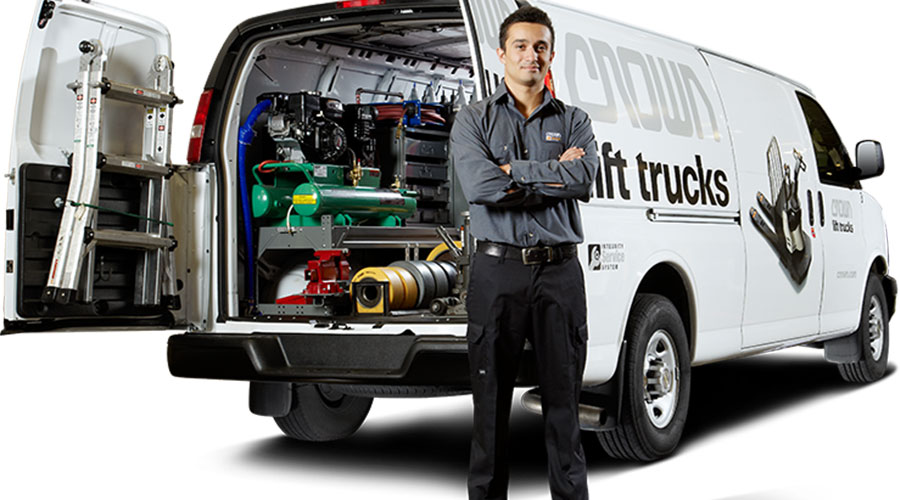Five Steps to a Healthier Forklift Fleet

When it comes to the performance of your supply chain, the health of your forklifts is vital. An unhealthy fleet can lead to lower productivity, considerable inefficiencies, higher service and maintenance costs, and unsafe working conditions.
The following are five steps you can take to help ensure you have a healthy forklift fleet to continue to meet customer expectations and demands.
1. Conduct an annual equipment health assessment
Create and maintain an accurate listing of your fleet. Take a photo of every single truck and document age, serial number, hours of battery life, number of charges and year added. Moving forward, this will give you the ability to maintain an accurate profile of your fleet, including size, age and cost. By updating the listing every year, you can better understand how your fleet changes and plan where you need to be in the future.
2. Do the same with your batteries
Create a similar listing for your batteries. Annually document the condition and capacity level of each battery and conduct battery tests. Using monitoring technology, you can identify remaining cycles and life left for each battery. This type of information will help you create battery performance profiles that track performance throughout a given time period or for a particular application to ensure optimal performance.
3. Track and analyse your maintenance history
Document every maintenance issue with the battery and truck for the entire year, including the cost of each repair or service. List all planned maintenance work orders and breakdowns and determine the planned maintenance to breakdown ratio. You can get the average cost per model from your forklift provider and use it to benchmark your fleet. Use this type of information to help you identify trends, be more proactive about repairs, and properly and efficiently address issues.
4. Monitor utilisation rates of your forklifts
Make an effort to understand how and when your forklifts are being used. You can use this information to make decisions about fleet size and make-up, and better manage your resources. You can determine if you need to rent or buy additional trucks or simply reallocate certain ones within your organization. You can also paint an accurate picture of how many forklifts you need at each facility during peak seasons or timeframes.
5. Begin exploring telematics
Identify and prioritise the type of forklift-related data you want to gather and establish a plan and processes to share relevant, timely information with the right departments and individuals at the right time. Make sure the data is presented in a manner that makes it easy to understand and use to effect real, meaningful operational and behavioral changes.